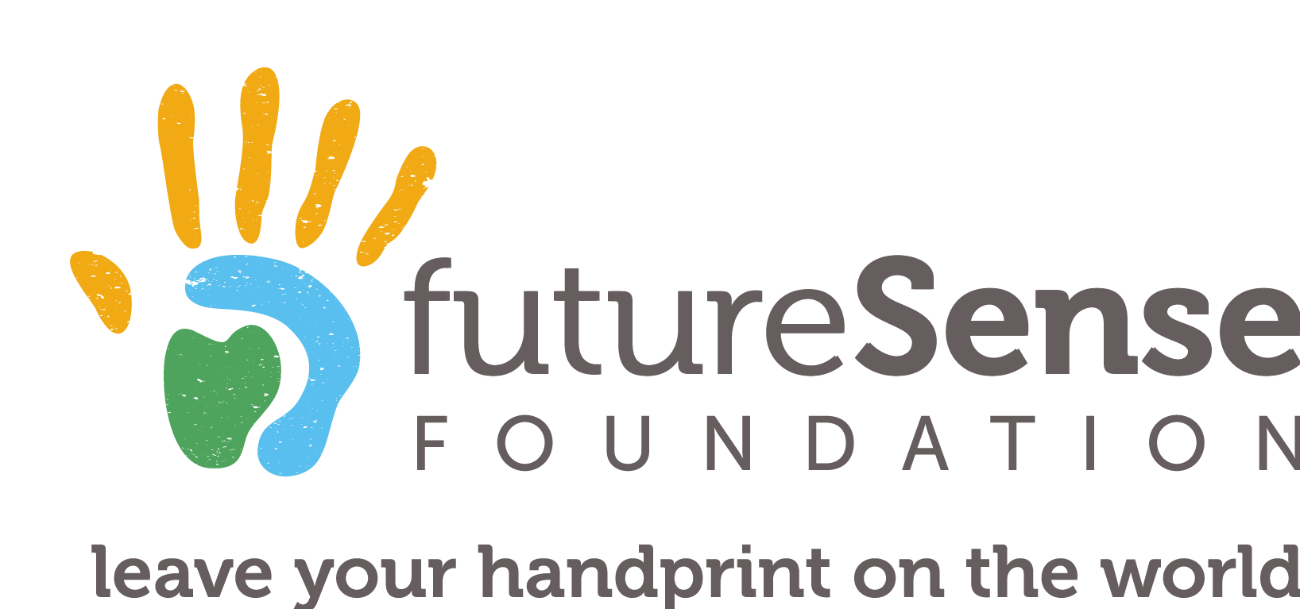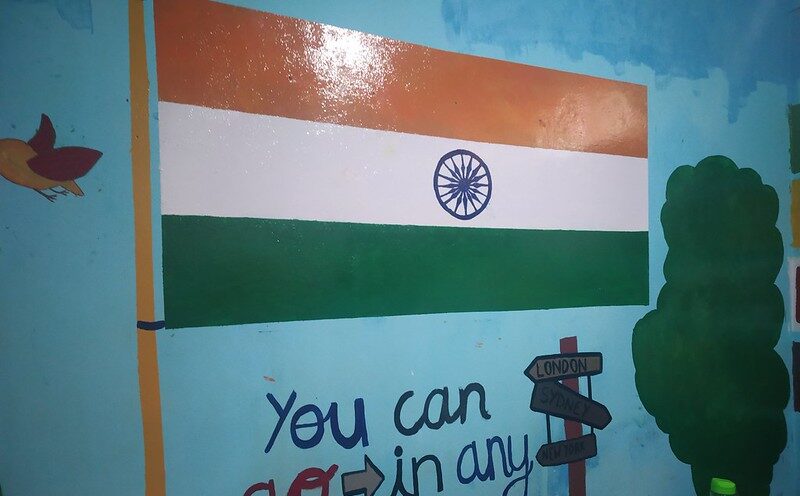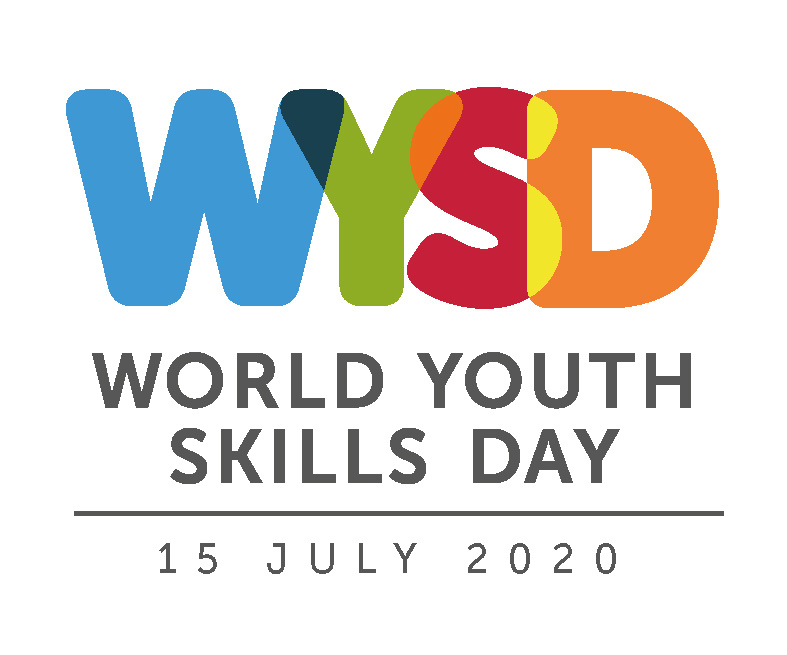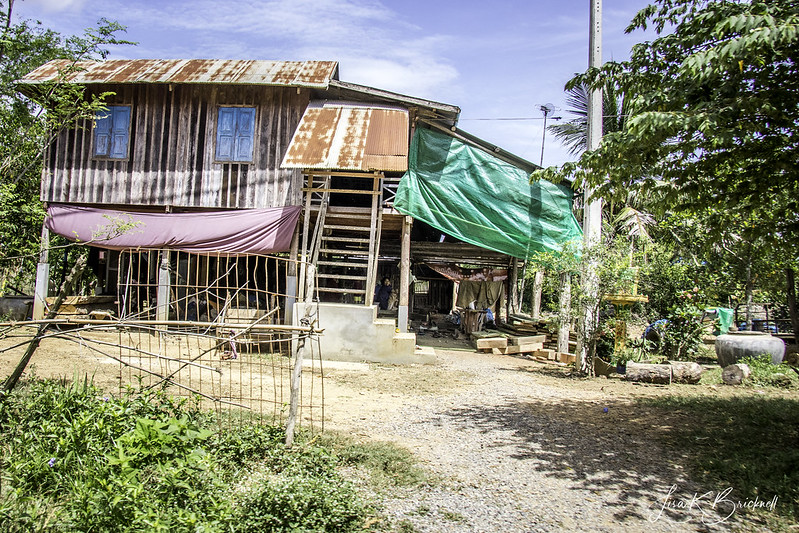Written by our India Team.
Program Update from Jordy Bradley, Program Manager .
Throughout the month of August we have been busy developing resources to be distributed to students who have been left behind by India’s digital divide. The initiative of these ‘education boxes’ was developed in response to incredibly low participation rates in remote learning activities with one of our partner schools and we have been working in close collaboration with the school to understand the abilities and needs of students as well as ensuring that we are able to complement the Indian curriculum. The India team has almost completed the development of all worksheets and other activities and we are anticipating that the education boxes will be delivered to schools in the first week of September, after which the school will hand deliver the resources to children.
This month the Indian government also launched the long-awaited National Education Policy (NEP 2020) which outlines the Government’s vision for a new education system. The NEP 2020 replaces the previous education policy which was developed in 1986! The policy is bold, aiming to make India a “global knowledge superpower” and acknowledging that “Education is fundamental for achieving full human potential, developing an equitable and just society, and promoting national development.” Key focus areas include universal education, early childhood education and development, equitable and inclusive education, providing holistic and multidisciplinary education and moving away from ROTE learning methods, investing in teacher training and development, vocational training and adult education. We will be working with our partner schools to explore how the policy affects them, if they plan to implement the policy and how FSF can support them in achieving progress on any relevant priority areas.
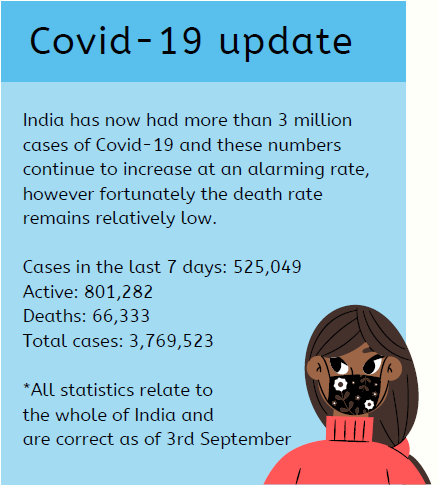
Monsoon season in Himachel Pradesh
Heavy rains in Himachal Pradesh throughout the month of August have triggered landslides and flash floods. Around 179 roads were blocked and the water supply was disrupted in rural areas due to landslides triggered due to heavy rainfall. This is a common occurrence throughout the northern states of India during monsoon season and further highlights the importance of reforestation initiatives and tree planting throughout vulnerable environments as the root systems from trees are known to stabilize the earth and can be a preventative factor for landslides.
Community Connections by Neha, Community Coordinator.
This month we celebrated two important festivals, Krishna Janmashtami and Independence day.
Janmashtami is a Hindu festival celebrating the birth (janma) of the god Krishna. Lord Krishna is the eighth reincarnation of the god Vishnu and also is worshiped as a supreme God in his own right.
The festival is celebrated on the eighth day of the dark fortnight in the month of Bhadrapada (August–September). The occasion is observed especially in the sacred towns of Mathura and Vrindavan, where lord Krishna is said to have spent his childhood and early youth, however Hindus across India join in the celebrations.
We celebrate Janmashtami by fasting, singing, praying together, preparing and sharing special food, night vigils, and visiting Krishna or Vishnu temples. Major Krishna temples organize recitation of the holy texts Bhagavata Purana and Bhagavad Gita. Many communities also organize dance-drama events called Rasa Lila or Krishna Lila.On this day Children of every house wear costumes of Krishna.
Independence Day of India is celebrated religiously throughout the country on the 15th of August every year. It is the 74th Indian Independence Day this year, which means India has achieved 73 years of freedom. Independence Day marks the end of British colonisation and rule in 1947 and the establishment of a free and independent Indian nation.
It also marks the anniversary of the partition of the subcontinent into two countries, India and Pakistan, which occurred at midnight on August 14–15, 1947. Prior to this day, the countries that we now know as India and Pakistan were actually one Independence Day is celebrated through festivities across India. Notably, the Prime Minister visits the Red Fort monument in Delhi for a flag-raising ceremony and delivers a televised address that is broadcast nationwide. Other traditional events include flying kites and wearing the tricolors of the Indian flag; saffron, white and green.
This year precautions were taken due to Covid-19, including mask wearing however that did not stop the official ceremonies and celebrations.
